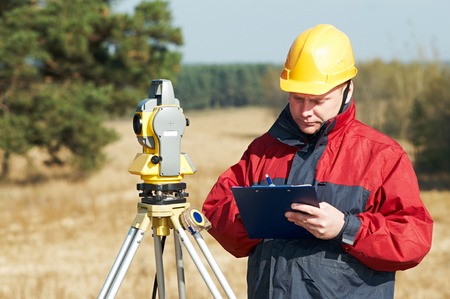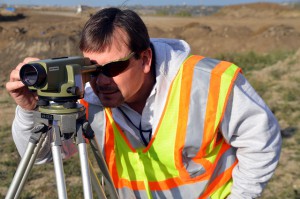Why Land Survey Companies Are Moving to the Cloud
The exponential growth of data is disrupting many different industries, and land surveying is no exception. Land survey companies are finding themselves handling more data than ever before.
On the one hand, this fact allows them to provide their clients with more complete, accurate survey results, which in turn can help the clients make more informed decisions regarding their projects. On the other hand, handling this influx of new data using traditional data management technologies may not always be possible, and companies that aren’t properly prepared may find themselves completely overwhelmed. Fortunately, new developments in cloud computing are empowering land survey companies to adjust to this new reality and use data to its fullest potential and provide project managers with a simpler, more cost-effective alternative.
Read on for a closer look at how moving to the cloud is redefining what companies can do with land survey data.
Flexible, Scalable Data Storage
Today’s land survey companies have to store survey results for thousands of different projects, with some of that data stretching back hundreds of years. As time goes on, each new project the company takes on will likely be more data intensive than the last one, especially with the amount of data that new technologies like drones generate.
Storing all of this data in a traditional on-premises data center would be impractical. Every time the company outgrows their existing data storage capacity, they would have to manually add new capacity to their data center, causing great expense and inconvenience.
By adopting a cloud-based infrastructure, the land surveying company can simply scale up its storage capacity whenever they need to, and the CSP will handle it behind the scenes. The result is that the land survey company will never have to run out of capacity. In addition, they’ll also free themselves up to spend less time worrying about their storage infrastructure, and more time thinking about the work that actually matters for their business.
Make Data Available Across Geographic Locations
Today’s construction project work is more distributed than ever before. Keeping everybody on the same page—whether they’re in the main office or out on the job site—is a key factor in ensuring the project goes according to plan.
As survey document files become more data intensive, and thus larger, sending them from person to person becomes time consuming and inefficient. With cloud data storage, users can simply pull the latest copy of a document from a centralized location. The cloud server can be accessed using any device. This includes mobile devices, so any worker in the field will have the same ability to access the documents they need as their counterparts back at the office.
Easily Share Data With Customers
At the end of the day, the land survey company’s whole reason for collecting data is to make it available for customers to use, and cloud data storage platforms like Landpoint’s True Atlas helps in this regard as well. Land survey companies that take advantage of cloud data storage can provide an added level of value for their customers.
Instead of simply dumping the processed data into their customer’s lap and then leaving them to figure out how to store, manage and apply it, a cloud-enabled land surveyor can store the data themselves, giving their customers with one less thing to worry about. In addition, the cloud can provide security and access control, ensuring that the right people—and only the right people—have access to the data when and where they need it.
Final Thoughts
Cloud technology is making it easier than ever for land survey companies to manage data. In an era that’s increasingly defined by data growth, shouldn’t you work with a land surveying partner that’s equipped to handle that growth with the latest technology? Contact Landpoint today to learn more about our innovative approach to cloud data management.







